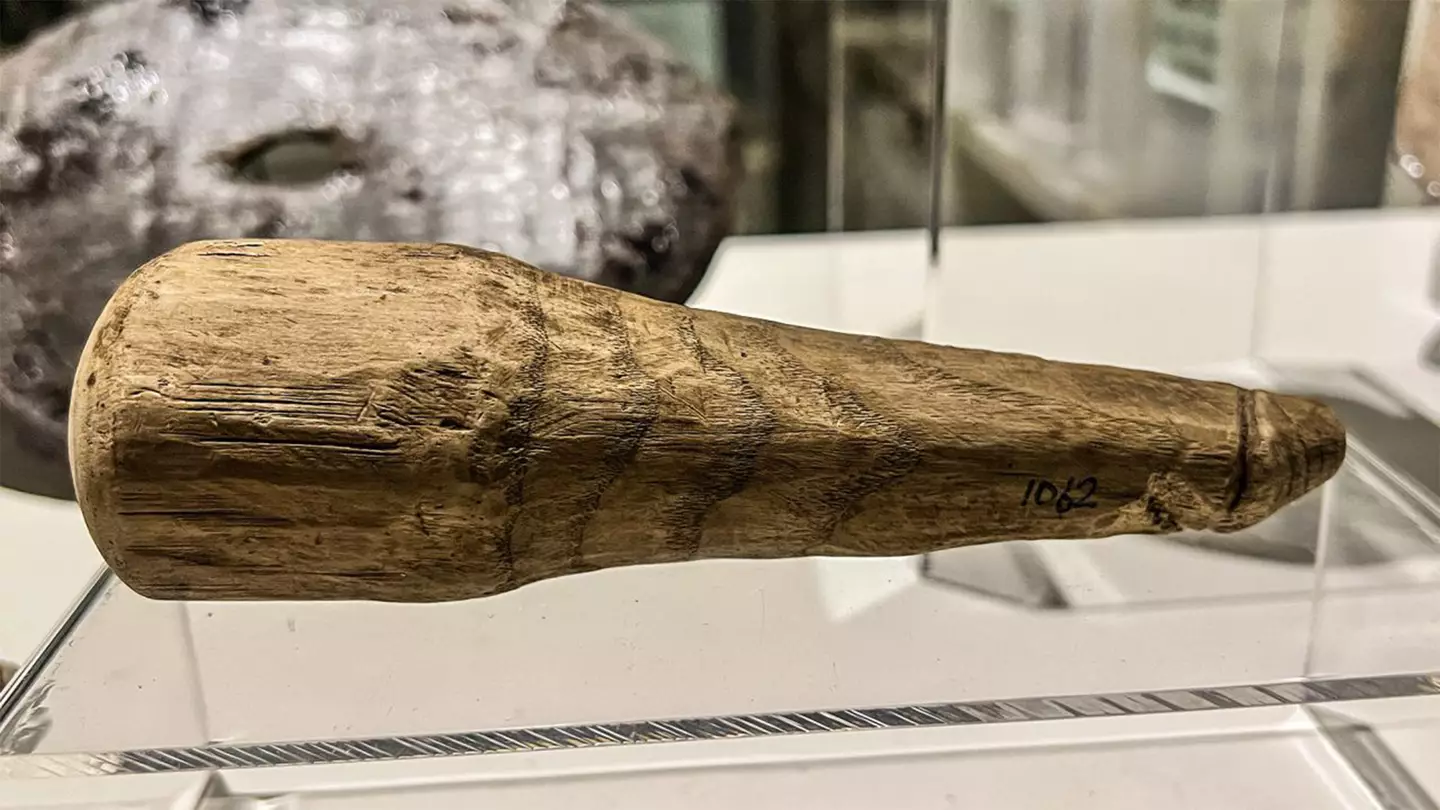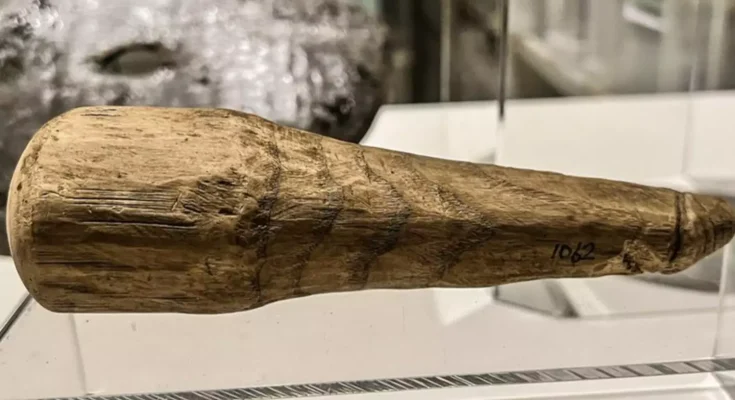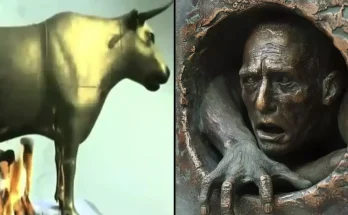Scientists are convinced the near seven-inch object they discovered is actually an ancient dildo
Someone 2,000 years ago might be feeling a little red-faced right now if they knew what scientists had stumbled upon.
Society changes quite a lot every couple of years and the world we live can be vastly different to that of the past.
But in a lot of ways, it can be very similar.
While many people may believe people of the past and ancient civilization may have been more ‘prudish’ or reserved when it came to sex or sexual exploration that isn’t strictly true.
A study published last year in February in the journal Antiquity had looked at a group of objects that were recovered in 1992, namely a penis-shaped piece of wood and question whether one of its uses had been overlooked.
“Stone and metal phalli are known from across the Roman world, but the Vindolanda example is the first wooden phallus to be recognized,” the study stated.

The object was was discovered in England. (The Vindolanda Trust)
Archaeologists initially found the almost seven-inch-long artifact in a ditch near Vindolanda which was the remains of a Roman Fort.
While it has been considered the object was used as a sewing tool, as it was found alongside shoes and small tools, there have also been a few other suggestions.
Some have argued it could have been used as a good luck charm to ward off ‘evil’.
People living within the Roman empire may have seen nothing out of the ordinary in using a dildo as a sex toy as well as a good luck charm. What an empire.
An analysis from Newcastle University and University College Dublin found that this is the first known example of a disembodied wooden phallus found in the Roman world.

The artifact is almost seven inches long. (R. Sands)
Rob Collins, a study co-author and archaeologist from Newcastle University, said that despite the possibilities of it being used as a sex toy, it can be difficult to be absolutely certain.
“The size of the phallus and the fact that it was carved from wood raises a number of questions to its use in antiquity,” he said.
“We cannot be certain of its intended use, in contrast to most other phallic objects that make symbolic use of that shape for a clear function, like a good luck charm.
“We know that the ancient Romans and Greeks used sexual implements – this object from Vindolanda could be an example of one.”
The object is currently on display at the Vindolanda at the museum in England.



